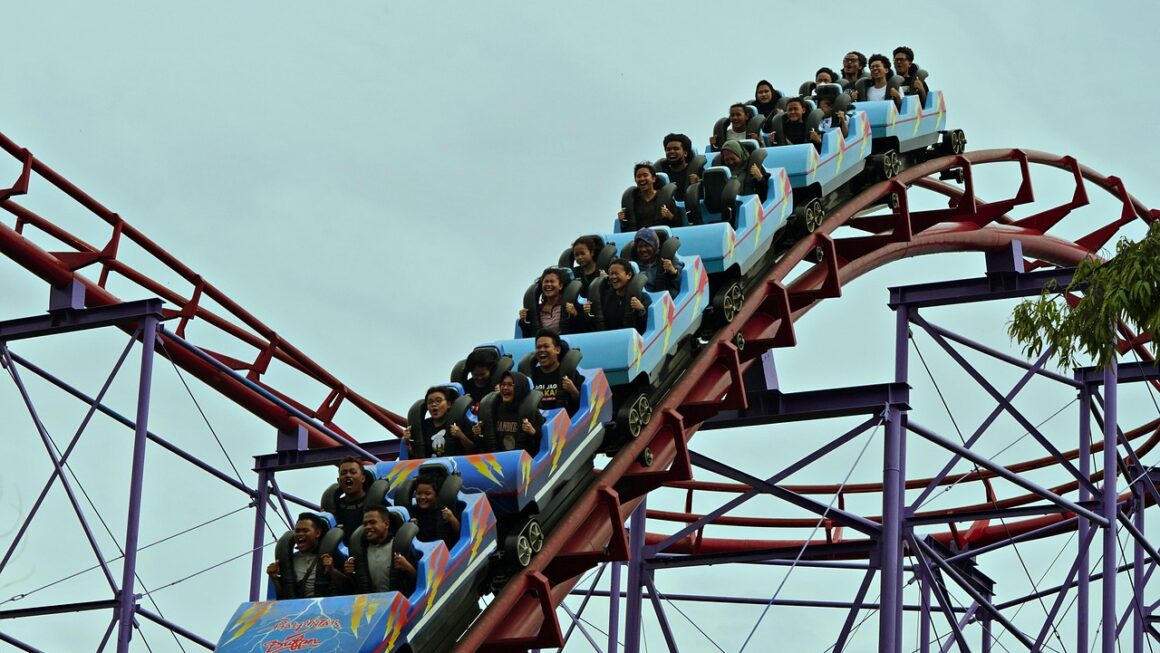Keeping fans engaged and connected is crucial for any artist, team, or organization looking to build a loyal following. In today’s digital age, the art of the fan update has evolved beyond simple newsletters and now encompasses a multi-faceted approach involving various platforms and strategies. This post delves into the essential components of creating effective fan updates that resonate, inform, and foster a deeper connection with your audience.
Why Fan Updates are Essential
Fan updates are more than just broadcasting news; they are a critical tool for nurturing relationships and building a thriving community. By consistently providing valuable content, you can strengthen your brand, boost engagement, and drive conversions.
Building Community
- Regular fan updates foster a sense of belonging. By making fans feel like they’re “in the know,” you cultivate a stronger connection.
- Sharing behind-the-scenes glimpses and personal stories allows fans to see the human side of your work.
- Example: A musician might share photos from the studio or a short video detailing their songwriting process.
Driving Engagement
- Effective updates encourage interaction. This could involve asking questions, running polls, or hosting contests.
- Responding to comments and messages shows that you value your fans’ input.
- Example: A sports team might ask fans to vote on their favorite play of the week or suggest new team merchandise designs.
Increasing Sales and Support
- Announcing new products, events, or opportunities directly to your fan base can significantly boost sales.
- Offering exclusive deals or early access rewards loyal supporters.
- Example: An author might offer a signed bookplate to the first 100 fans who pre-order their new novel through their newsletter.
Content Strategies for Engaging Updates
The content of your fan updates is paramount. Relevance, value, and consistency are key to maintaining audience interest.
Exclusive Content & Behind-the-Scenes Access
- Offer content that can’t be found anywhere else, such as early access to content, unreleased tracks, or exclusive merchandise.
- Share glimpses into the creative process, practice sessions, or preparations for upcoming events.
- Example: A video game developer might share early concept art or gameplay footage with their newsletter subscribers.
Personalized Content & Segmentation
- Segment your audience based on their interests, location, or purchase history to deliver more relevant content.
- Personalize email subject lines and messages to increase open rates and engagement.
- Example: An e-commerce company might send personalized product recommendations based on a customer’s previous purchases.
Interactive Elements & Calls to Action
- Incorporate polls, quizzes, and contests to encourage participation.
- Include clear and compelling calls to action, such as “Visit our website,” “Pre-order now,” or “Join the conversation.”
- Example: An art gallery might include a call to action to RSVP for their next opening reception or purchase a limited-edition print.
Choosing the Right Platforms
The platforms you use to deliver your fan updates should align with your target audience’s preferences and habits.
Email Newsletters
- Email remains a highly effective channel for delivering detailed updates and personalized content.
- Use an email marketing platform like Mailchimp, ConvertKit, or Sendinblue to manage your subscriber list and track your results.
- Example: A monthly newsletter summarizing recent activities, upcoming events, and exclusive content.
Social Media
- Social media platforms like Facebook, Instagram, Twitter, and TikTok offer opportunities for real-time updates and interactive content.
- Tailor your content to each platform’s unique format and audience.
- Example: Sharing short video clips on TikTok, engaging in Q&A sessions on Instagram Live, or posting news and announcements on Twitter.
Website & Blog Updates
- Your website and blog serve as central hubs for all your fan updates.
- Publish blog posts, articles, and announcements regularly to keep your fans informed.
- Example: Posting recaps of recent events, sharing news about upcoming projects, or providing in-depth articles about your work.
Measuring Success and Adapting
Tracking your results and adapting your strategy is crucial for continuous improvement.
Key Metrics to Track
- Email Open Rates: Measure the percentage of subscribers who open your emails.
- Click-Through Rates: Track the percentage of subscribers who click on links in your emails.
- Social Media Engagement: Monitor likes, comments, shares, and mentions.
- Website Traffic: Analyze the number of visitors to your website and the pages they visit.
A/B Testing and Optimization
- Experiment with different subject lines, content formats, and calls to action to see what resonates best with your audience.
- Use A/B testing tools to compare different versions of your updates and optimize your strategy based on the results.
- Example: Testing different email subject lines to see which one generates the highest open rate.
Gathering Feedback
- Solicit feedback from your fans through surveys, polls, and social media interactions.
- Pay attention to comments and messages to understand what your fans are interested in and what they’re not.
- Example: Running a survey to ask fans what type of content they would like to see more of in your updates.
Conclusion
Creating engaging and effective fan updates is an ongoing process that requires careful planning, consistent effort, and a willingness to adapt. By understanding your audience, delivering valuable content, and utilizing the right platforms, you can cultivate a strong, loyal following that supports your work and helps you achieve your goals. Remember to track your results, gather feedback, and continuously optimize your strategy to ensure that your fan updates remain relevant and engaging over time.




